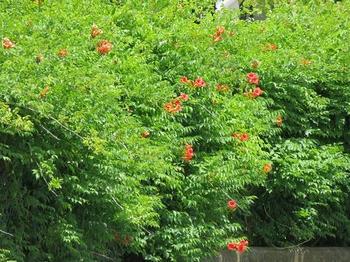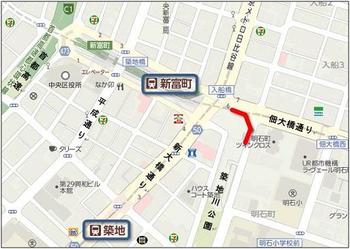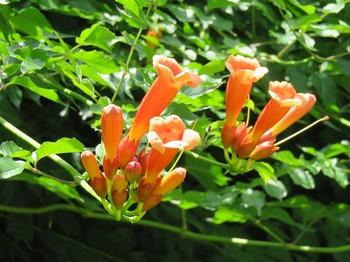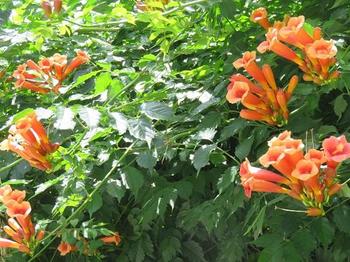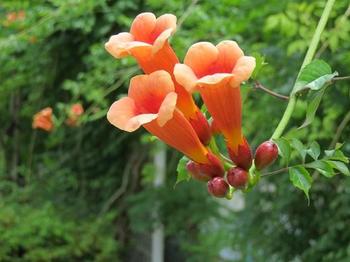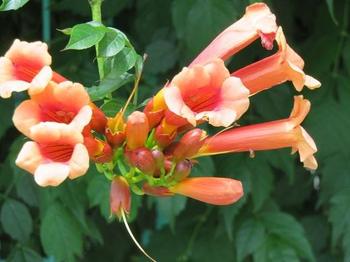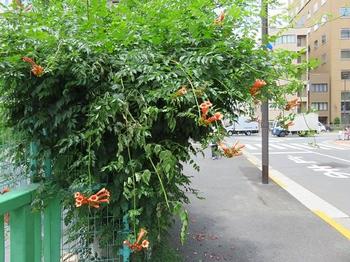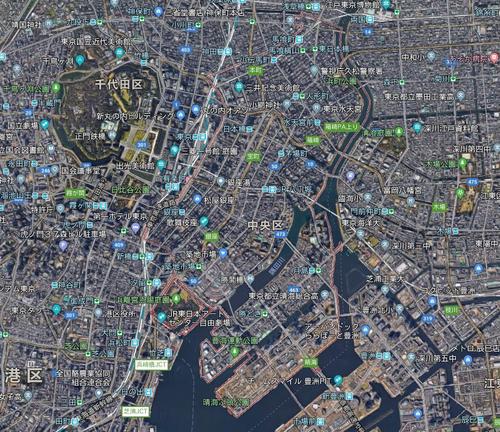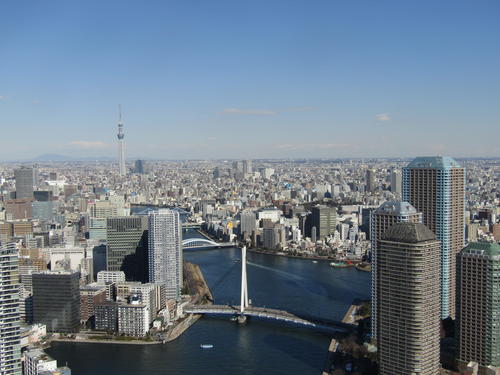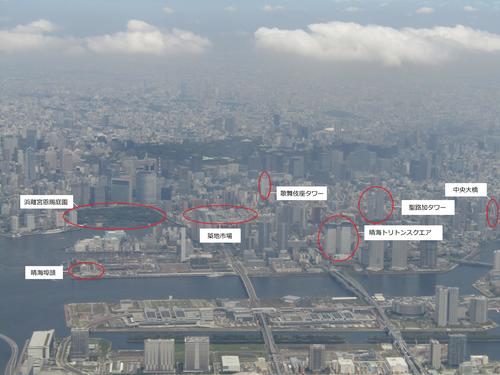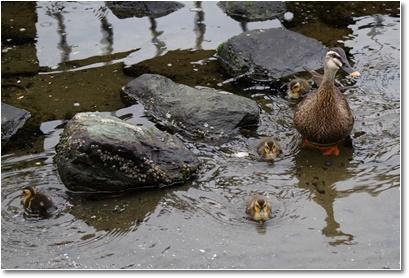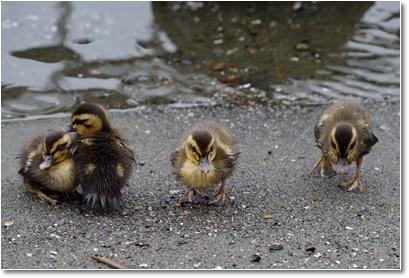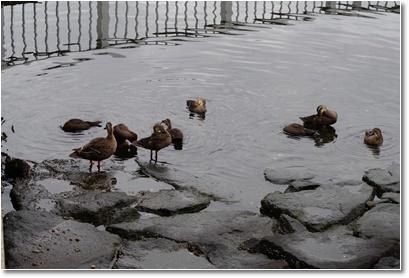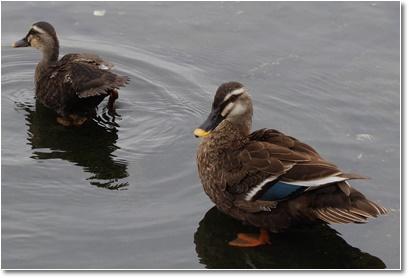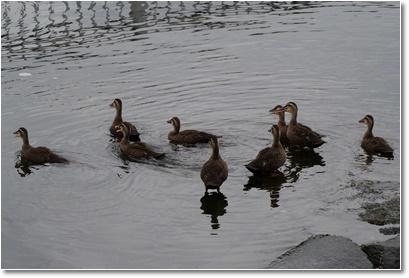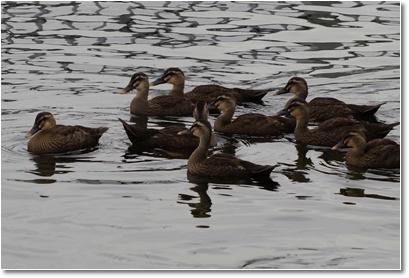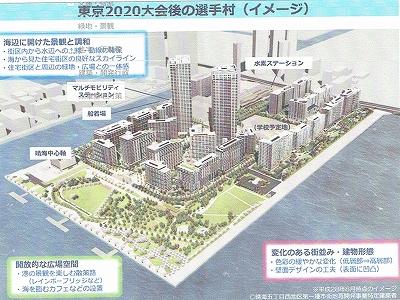
I've been watching Noh at the Noh Theater (Kanze-ryu) in the basement of Ginza Six!
The system here basically does not have an advance ticket (it is possible to purchase a day ticket in advance), all seats are free and the amount is the same.
(The fee depends on the organizer and the performance, but it is about 5,000 yen.
(*There are reserved seats for some members.)
In other words, it feels like you can see it in your favorite seat whenever you go.
It looks like a movie theater from the Showa era.
It's a good idea to book a ticket for months, and this is the point where you can walk around the bra.
When it comes to "noh", I think that even those who have a sense of distance can feel free to appreciate it.
Noh, you don't have to see it! I feel about it.
↑
*It's an individual's opinion.
According to the staff, it has never been fully booked except during some periods such as Golden Week, and tickets rarely sold out.
On this day, the vacant seats were so noticeable, not to say rattles.
Atakushi has been familiar with Noh and Bunraku since he was young, partly because he majored in college.
However, since Shakespeare specializes in traditional Japanese performing arts, such as kabuki, were "unavoidably" for exams, seminars and credits, and when I was a student, I was devoted to West theaters such as Peter Brook, Shuji Terayama, Yume no Yuminkan, and the third stage.
Nori like "Let's see a little Noh along with the silver bra" can't be considered before.
I don't say "Keshikan", but in the case of the National Theatre or Sendagaya, I feel that there could have been a little more pressure to "have to watch it with a strict feeling."
However, the Noh theater of Ginza Six is a wonderful combination of the hard-to-approach atmosphere of tradition and formal style, and a casual fusion of welcome and hospitality mood, probably because of the low hurdles that are also considered by foreign tourists.
To be honest, I thought it was a great place, but I've never done anything at all.
↑
*It's an individual's opinion.
I think it's the royal road of walking to go when I come up with it when I want to go, so this is going to be a new spot.

In a small space that is not just a souvenir shop, there are some snoopy goods!
Last time, I uploaded an article called
"Snoopy Exhibition in Ginza", but there is a connection in Ginza, Snoopy-chan

.
It seems that this is a limited item that can only be purchased here (also sold in Mitsukoshi), and the antakushi bought it unintentionally.
Since it is not an open space in the Kabukiza Tower Kibikicho Square, you will not be able to get it unless you buy a ticket and enter the facility to watch the performance (>_<).
I was more impressed by this person than the actual stage.
When asked the staff, "Is it okay to take a picture?"
"Of course, it's okay. If
you like it on SNS, please spread it."
It's nice to feel comfortable with the back.
Atakushi doesn't do either Twitter or Instagram, but what is the so-called retweet to post on the correspondent blog? Will it be like that?
Even so, even though I experienced inbound guidance several times and did not know about traditional Japanese performing arts, I felt like I was explaining to foreign tourists from a standpoint, but recently, I felt like a Ushirometa, The opportunity to appreciate Noh was valuable.
I don't know what to do, but if you look at it for the time being, I think you will have unfounded confidence.
Without any precautionary knowledge, I just dropped in at random, so I feel good and sleepy.
So I don't remember much about the content of the stage, so I'll leave it no comment.
I just brought back memories of watching Noh for the first time in a long time.
Did you have any problems?
[Click here for past articles by Correspondent De Niro that can be read easily and easily]
The story of a cat
Hello Radio City Debura Talk!
Chuo-ku sightseeing examination test is expected!
<<< In the foreground, there was "Tsukuda's handover" around Tsukuda side around here. >>>>
<<<<<<<under a clear bridge >>>>>


